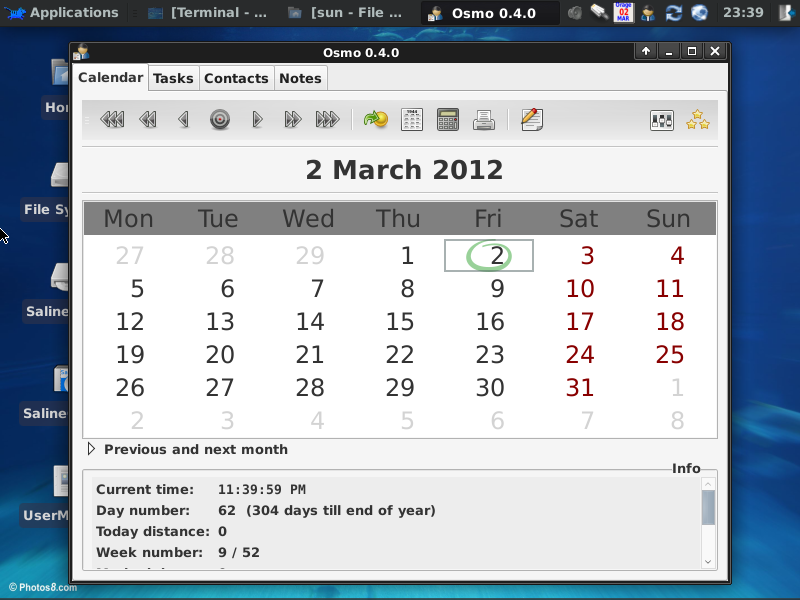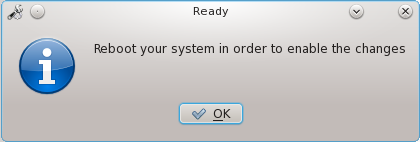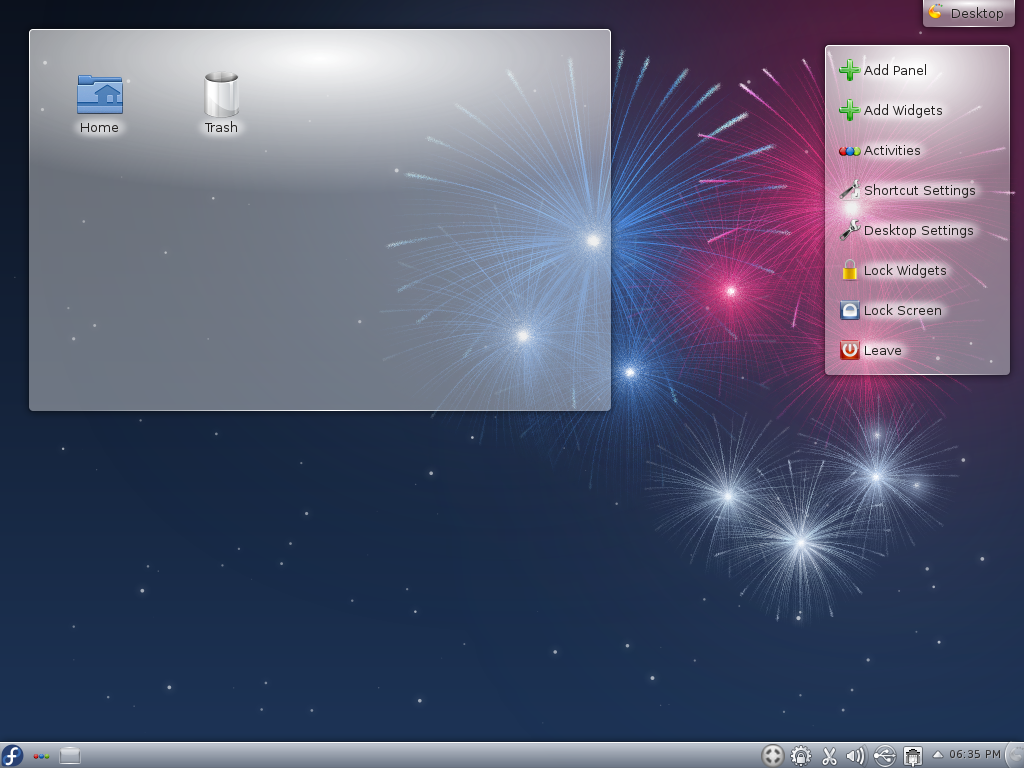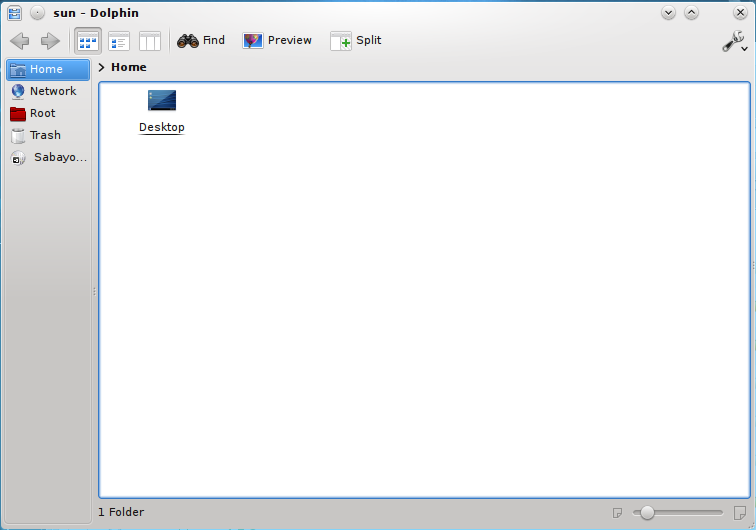The graphical software manager is Synaptic Package Manager. It has been around for along time and still very reliable. Other distributions, like Ubuntu and its derivatives, that previously relied on it, have since replaced it with their own package manager. Notwithstanding, I still find it to be a very capable package manager. The main interface is shown below. Aside from Synaptic Package Manager, an old version of Ubuntu’s Software Center is in the repository.

In terms of installed applications, SalineOS 1.6 comes with the right set that most users will need. Some of the main installed applications are:
- LibreOffice 3.4.3
- Chromium browser 6
- Ice weasel 3.5
- Parole Media Player
- Cheese webcam
- Rhythmbox Music Player
- Icedove Email client
- Pidgin Internet Messenger
These are besides the standard Xfce system utilities and desktop accessories. If you took advantage of the option to install patent-encumbered and non-free applications during the installation process, your experience with the system will be a lot more pleasant. This is so because the installed packages will enable you to play encrypted video DVDs, and view Flash and Java content on the Web. Another good aspect of this distribution is that a connected printer with an entry in the printer database is automatically configured. That puts it, at least in that regard, one step better than Chakra.
A major weakness of this distribution is the lack of any significant physical security features. I am, of course, referring to disk encryption and boot loader password protection. They are very important components in the security profile of any operating system. On the network security front, the IPTables package is installed, but there is not init script to manage it. In essence, the firewall is not enabled, which constitutes a major (network) security fail. Keep that in mind if you are using this distribution and want to install a server application like OpenSSH.
A default installation of SalineOS has its pluses, but the network security posture is very bad. While that problem can be overcome easily, the lack of support for disk encryption during installation, is a major minus. But if you are looking for a desktop distribution with stable but “old” applications, and have no need for disk encryption, then SalineOS is worth considering.
Resources: Direct download links for installation ISO images for SalineOS 1.6 are available here. Support questions may be posted in the projects forum and on Questions & Answers.
Screen Shots: View more screen shots from test installations of SalineOS 1.6.
The desktop with the menu showing installed applications in the Network menu category.

The desktop with the menu showing installed applications in the Office menu category.

All the scripts in the /etc/init.d directory.

A screen shot showing Osmo, a calendar application for the Xfce desktop.









FF 10.02 and Midori both are much better than chromium or iceweasel and work perfectly in SalineOS. The desktop error is rather minor as all that is required is a screen refresh. TBH the distro is practically perfect.
If you ‘touch ~/Desktop/file.txt” an icon should appear on the desktop, and vice-versa if you rm it. Works under Mint/SFCE, not Saline. I conclude Saline’s XFCE is still broken.
I seem to remember that curling wave as a login screen in Ken Dulcimer’s TinyMe 111.
Saline certainly seems like a well thought out package. The choice of applications to start with (Chromium/Icedove/Xchat) is particularly appealing. So is the design with access to the most important launchers in the bottom panel, hidden.
You’ve seen the login picture probably in SLiM, it is one of the backgrounds included in the package. Nice review, thanks.
“The choice of applications to start with (Chromium/Icedove/Xchat) is particularly appealing.”
But what’s not appealing is that the packages are very “old.” Chromium 6, Iceweasel 3.5. That’s dinosauric!
This is a Debian Squeeze based distro, if you want an up to date browser you can always go to the Google Chrome website and download the deb file for Chrome. It installs the repo upon installation.